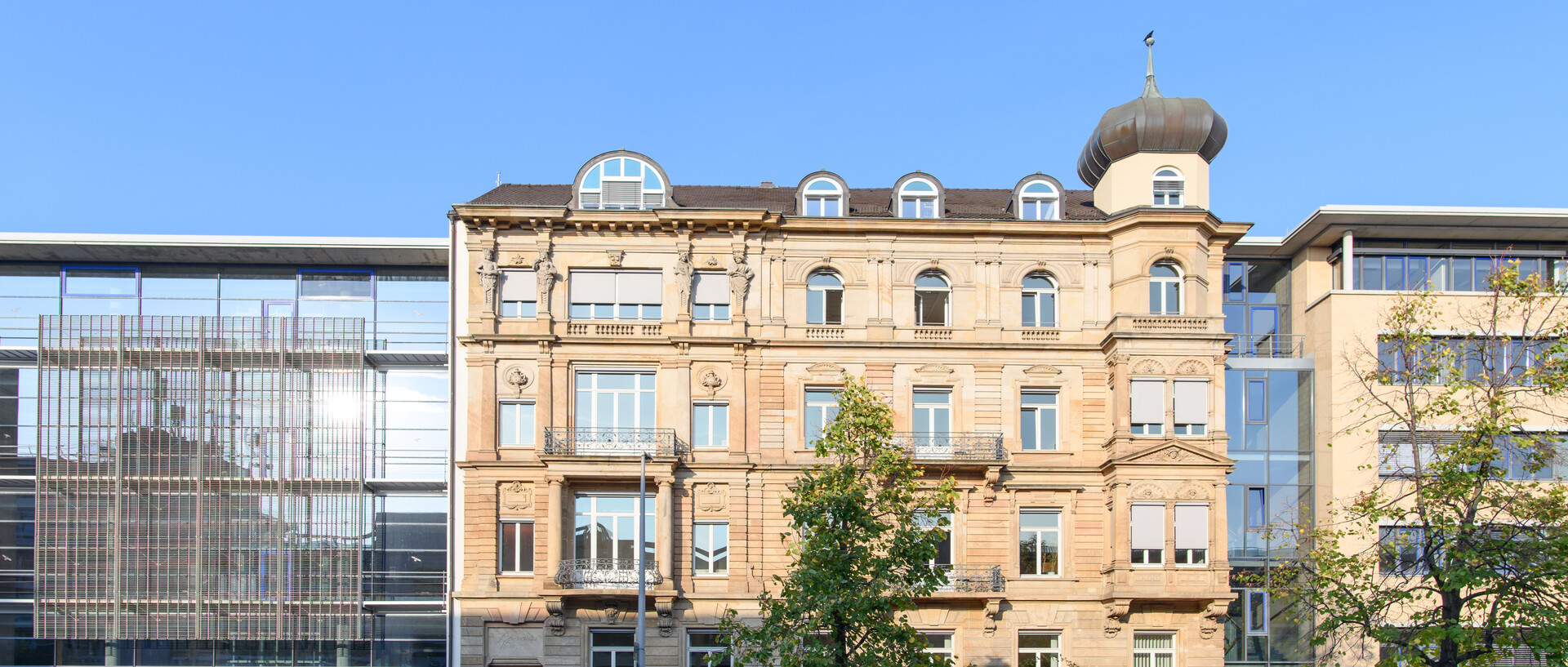Riemannian Geometry
Riemannian Geometry is roughly speaking the study of length and angles, but generalised from the plane (and euclidean space) to curves, surfaces, and general spaces called manifolds. It is the mathematics behind Einstein's theory of general relativity, but has also found use recently in the form of statistical manifolds in machine learning.
Contrary to what is written in the module catalogue, Analysis III is not a requirement to take this course. Students should have a strong understanding of Analysis II, particularly derivatives of functions of several variables. From Dynamical Systems we need only the Picard-Lindelöff theorem. Linear algebra is only needed for basic knowledge of vectors and bases.
News
8.04 There are two Mondays in the second half of the semester when we need to move the lecture. The lecture on Monday 6 May will move to Friday 10 May, and Monday 20 May to Friday 24 May. In both cases the rescheduled lecture will take place in the block before the tutorial.
16.2. Thank you for particpating in the poll. The tutorial will be Fridays 12:00–13:30 in Seminar Room B6 C401 (same as lecture).
12.2. Here is the link to schedule the tutorial https://rallly.co/invite/MbuuXs0OFy3M . There are three options for each time slot: yes, if necessary, cannot attend. Please use accordingly.
Also, please send me an email at r.ogilvie@uni-mannheim.de so I can contact the class for announcements.
Organisation
There will be one lecture per week, Mondays 15:30–17:00 in B6 C401.
The tutorial will be on Fridays 12:00–13:30 in B6 C401. We will calculate out some of the examples, as well as discuss some exercises (which are in the script). Please attempt these yourself before the tutorial.
Here is the script as of the beginning of the semester, and here is the most recent version (updated after last lecture). Please point out any mistakes and typos you see; it is a new script and I am sure that there are many.
I have tried to get the script working as a website hosted on the uni servers. However some math fonts and embedding Desmos doesn't yet work.
Progression of the Course
This will be updated as the course progresses with demostrations and what is covered in the tutorials.
Chapter 1: Curves and Surfaces – helix and helicoid – Using the example and intutitive geometry we will motivate the questions that we want to investigate in the rest of the course.
Gauss and mean curvature of a torus
Soap films are minimal surfaces
The isometric family of the helicoid and catenoid
Tutorial Week 2: Arc length of catenary; Exercise 1.11 curvature formula; Sign of torsion; Example 1.23 normal curvature of helicoid.
Tutorial Week 3: Example 1.27 second fundamental form; Lemma 1.34 computing Gauss curvature; Section 1.6 minimal surfaces.
Chapter 2: Manifolds – circle – A short intrroduction to manifolds from a slightly unusual perspective. We show how to construct general spaces called manifolds by gluing together pieces of euclidean space. In particular, how can we describe directions in manifolds?
Stereographic charts of the circle
Tutorial Week 4: changes of coordinates, 1-dimensional manifolds, stereographic projection
Tutorial Week 5: Examples 2.20, 2.23 (Vectors and stereographic projection of the sphere); Examples 2.35, 2.37 and Lemma 2.36; Calculations with Einstein Notation.
Chapter 3: Metrics and Connections – 3-sphere – What extra information do we need to give a manifold in order to define length and angle? In euclidean space, we can slide vectors from one point to another without changing its direction, but in a curved space it is not clear how to do that. We need a “connection”.
The multiplication in S3 in stereographic chart
Stereographic and conformality
Parallel transport on S2 in stereographic chart
Tutorial Week 6: Ex 3.11; Ex 3.8 and Eg 3.13 pullback metric in stereographic charts is conformal; Def 3.12 conformal immersion, helicoid as non-example; Ex 3.15; Left translation by a unit quaternion is an isometry of R^4.
Tutorial Week 7: Christoffel coefficients: for polar coordinates, in different charts, of tangent connection on circle in stereographic chart; Left and right covariant derivatives on 3-sphere.
Tutorial Week 8: Parallel transport on sphere in stereographic coordinates, along great circles and lattitudes; Parallel transport on sphere of connection with torsion; Torsion on 3-sphere.
Chapter 4: Geodesics – hyperbolic plane – How should you define a “straight line” when space itself is curved? An example of a geodesic is the equator of a sphere.
Geodesics in the hyperbolic plane
Triangles in the hyperbolic plane
Geodesic spheres in hyperbolic plane
Tutorial Week 9: The hyperbolic plane.
Tutorial Week 10: Area in hyperbolic plane.
Tutorial Weel 11: Geodesic spheres and normal coordinates in hyperbolic plane.
Chapter 5: Curvature – sphere – We can see that the world is sphere by looking at objects at sea or from space, but this uses height. How can we tell that the universe is curved without looking from outside the universe?
Exam
The assessment for this course will be an oral exam.
